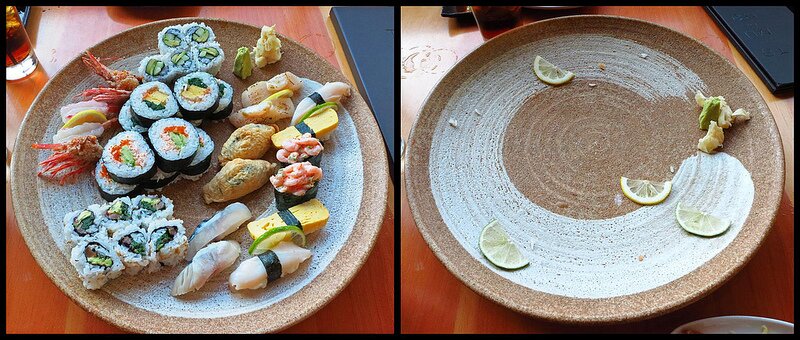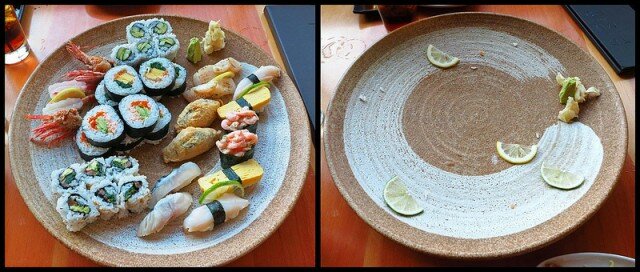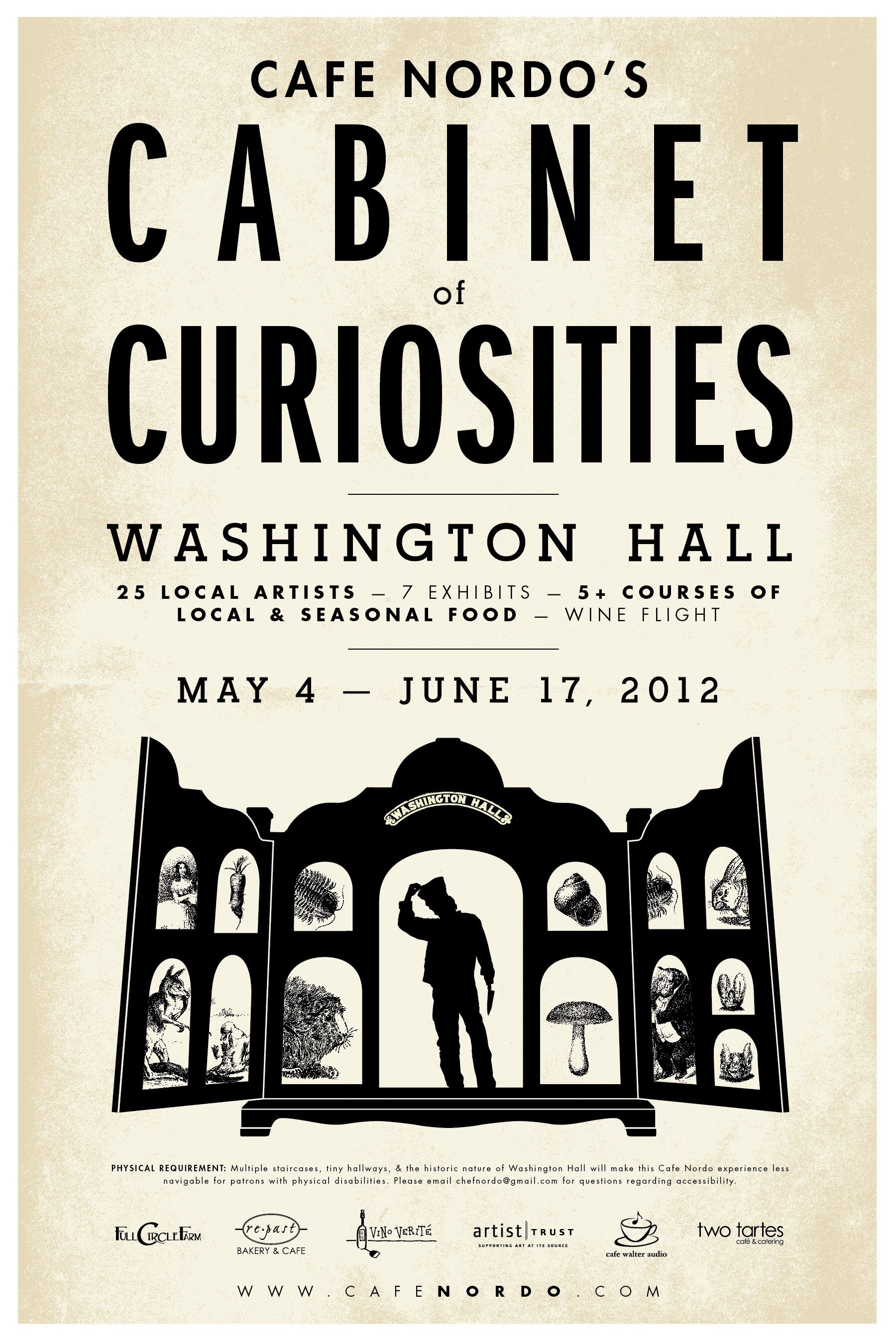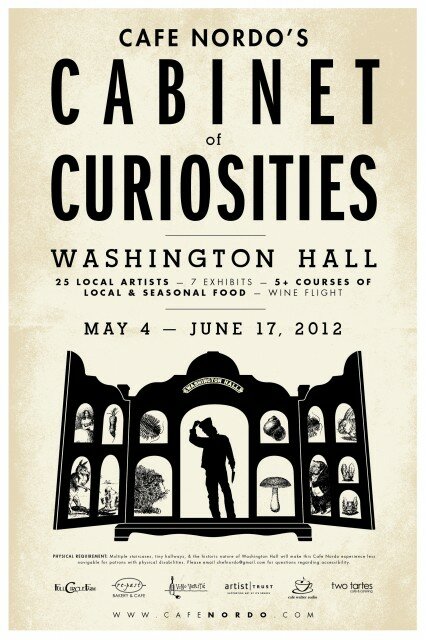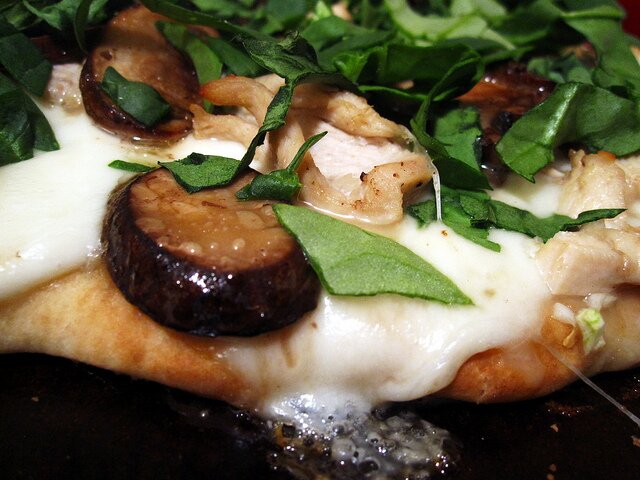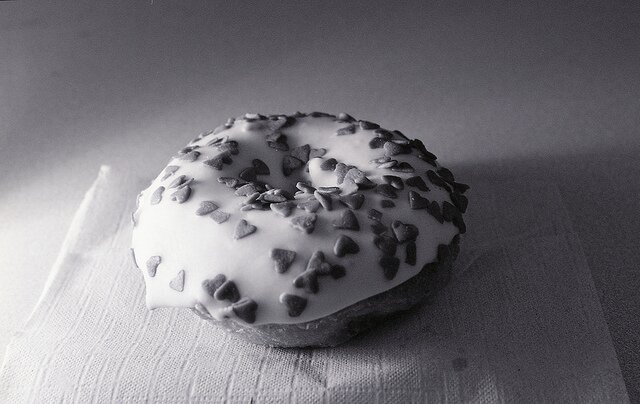Is it just me, or has airline food service actually gotten worse since we’ve had to start paying for it à la carte? It’s an interesting proposition: “How about you pay us more money, or we let you starve? Ha ha, psych, here’s a pretzel.”
A few weeks ago, I’m flying back from Hawaii on Alaska Airlines, after spending a whole weekend eating in paradise, and the flight attendant says to me, “What would you like?”
The couple next to me has just gotten engaged that weekend, so I motion to them to go first. I like to do at least one courteous thing each year–I like to think I’m bringing civility back…just not in a rush.
They order, and the attendant pivots on her heel and leaves. I track her down in the galley and explain I’d like to order the Teriyaki Chicken. “We don’t have that,” she says. (Fine print: “Flights to Hawaii.”)
“Oh, Cashew Chicken, then.”
“We’re out of that.”
“What do you have?”
“Have you read the menu card, sir?”
For the record, that’s the precise moment my Hawaiian vacation ended. I’m just trying to buy dinner, and I feel like it’s some kind of practical joke. But the attendant’s forcing a smile, maybe she’s had a long day, so we compromise on the cheese and fruit.
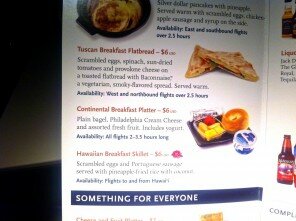
On a trip out back east to see family this past weekend, I order the Continental Breakfast (a bagel and fruit). Damn you fine print! Served on flights “2-3.5 hours long.”
“Hot breakfast?” checks the flight attendant, over the engine noise.
“Continental breakfast. With a bagel,” I clarify.
“I have no idea what you’re talking about”–she literally says this. “Would you like to look at the menu card?” I pull out the card and point to the bagel.
“Oh, that’s not served on this flight.”
I am no food-rocket scientist, but it seems to me that if you’re too cheap to print menus that actually go with the flight people are on, the least you could do is make the layout distinguish between flights. Rather than create a “Breakfast” heading that contains three items you can’t get and one you can, you might break that down a little further. Again, not an expert, but I can impersonate a harried traveler. By now, I’m feeling like Alaska is building a file on me, like the one Elaine suspected her doctor had.
If you’re sitting in the rear of the plane on a long flight, there’s a good chance the one dinner option you have will be gone, and you’ll be stuck with “Something for Everyone.” I don’t want to pile on, but it seems to me that the “Something for Everyone” section lists a random assortment of food stuffs that Alaska snagged the low bid for on Ebay. It’s like you got to go crazy at the vending machine in a Greyhound terminal.
On the flight back, I get a plastic cup of wine, which I nurse while waiting to order the fruit and cheese plate. It’s like a little picnic in the sky.
Eventually the attendants come by, pouring water, which they offer to me. “No thanks, ” I say, and wait for the promised dinner service.
I still don’t know what happened–I never saw anyone else get food, either–but I can tell you that no one asked me what I wanted for dinner on a five-and-a-half-hour flight.
Now, I can stand to lose the weight–No, no, it’s true!–but I was flying with my mom, who is no longer in her seventies, let’s put it like that, and no one asked her, either. (Nor did they offer a pillow, or a blanket.)
I think I handled discovering (some years ago) that Alaska wasn’t owned by a jolly Inuit man fairly well, but this latest set of customer service experiences has shattered the illusion that Alaska cares about me–despite, you know, them greeting me by name as I board. But on the other hand, it does level the playing field when you can get the same stressed, minimal service from your “local” airline as you can from established leaders in the field.
